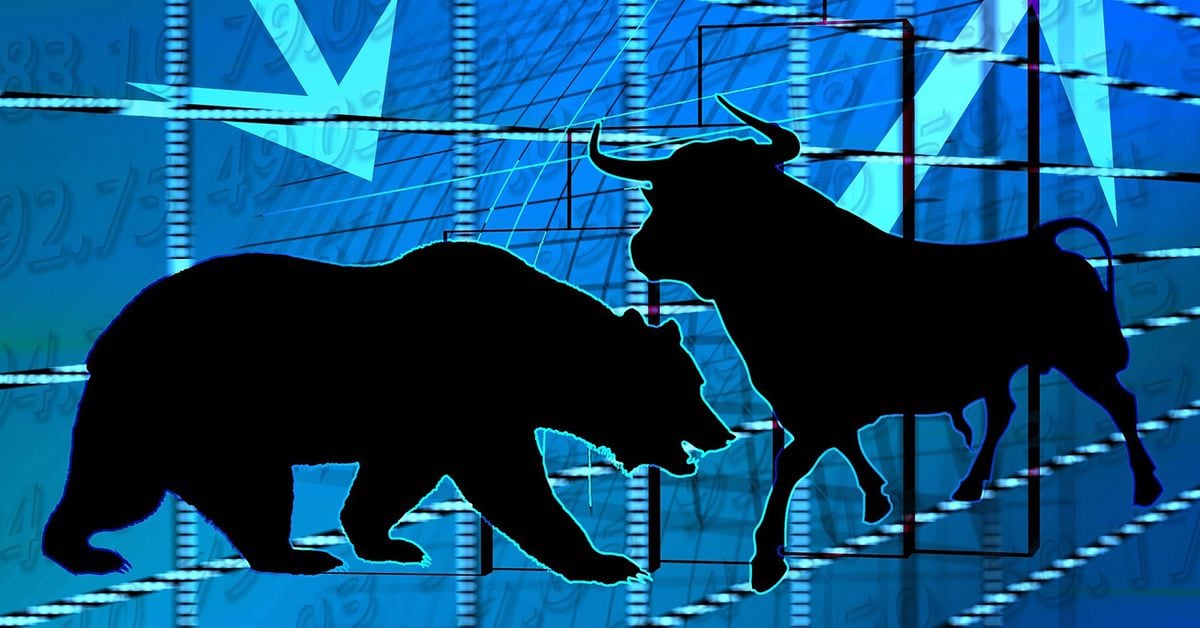
Japan is turning to artificial intelligence to guard against a growing number of bear attacks.
Over 200 people have been injured in the past year by bears and there have been six reported fatalities, according to the Japanese Ministry of Environment. Most of those attacks have come in the Tohoku region of the country—the northern part of Japan’s largest and most populated island. In 2022, some 158 people were attacked.
That’s prompting officials to set up a pilot system in a central region of the country which will use artificial intelligence to send warnings to authorities and hunters when bears are suspected of moving into areas that are close to people. The system will use surveillance cameras from both private security and government operations to gather data—and will also try to predict where bears will go in the following weeks and months.
The trial program will go into action this summer.
A number of factors are to blame for the rising rate of bear attacks. Villages in affected areas have fewer children. The noise kids make has traditionally scared the bears away. Climate change is also impacting the harvest of foods bears prefer, causing them to widen their search area. Bears that are coming out of hibernation in the spring are also more prone to attacking.
Officials are advising people to closely mange their fruit trees and consider installing electronic fences to keep bears out.
Bear attacks in Japan have recently made headlines, with one brown bear attack on a truck being captured by dashcam. The Ussuri brown bear shown in the attack can move at speeds of 31 miles per hours and weights up to more than 660 lbs.
Days before, a pair of brown bears approached a 50-year-old karate practitioner who managed to disperse them with a pair of kicks to the face.
“I thought I should make my move or else I will be killed,” he told a local news outlet.












